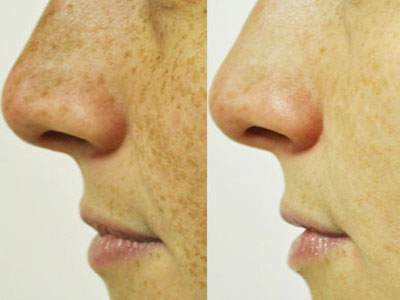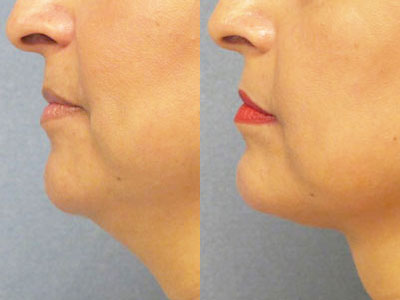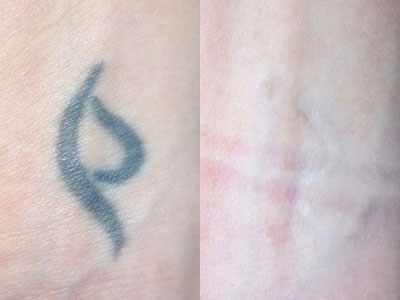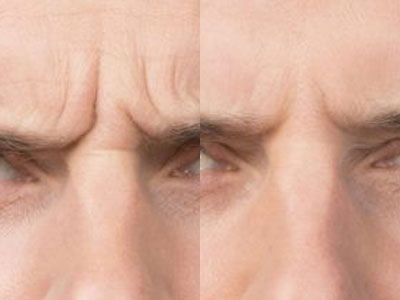You wake up and glance in the mirror, expecting to look just like you do every other morning.
But today is different.
Today you notice some small lines on your forehead and around your eyes that seem to be getting more pronounced by the day.
Whether the lines are caused by aging, heredity, or other lifestyle factors, none of us looks forward to seeing wrinkles in the mirror.
Even though Ponce de Leon never found the Fountain of Youth, fortunately, other modern options, like Botox injections, are available to smooth out aging lines and wrinkles.
You’re here because:
You have heard of Botox treatments and are wondering if they will be right for you.
OR
You think Botox might be the answer but are unsure about how it works and how many units are necessary to get the desired results and still be safe.
In this guide, we will discuss:
- Botox units
- How many are needed for different areas
- Factors that determine how many Botox units you need
What are Botox Units?
Botox is a drug made from the bacterium Clostridium botulinum.
It can be used, in small doses, to treat a number of symptoms like:
- Smoothing of facial wrinkles
- Severe sweating
- Uncontrollable blinking
- Lazy eye
- Migraine headaches
- Overactive bladder
Botox works by weakening muscles or by blocking nerves and can have effects lasting up to twelve months, depending on what is being treated.
A Botox unit is the measure of the amount of Botox that is injected into the body and is correlated to a fixed number of botulinum toxin molecules.
Botox is usually sold in vials with 100 units of Botox per vial.
How Many Units of Botox Do I Need?
The amount of Botox needed differs from person to person and is dependent on other individual characteristics.
In addition, the number of Botox units needed also depends on which area of the face is being treated.
Botox is mainly used for wrinkles and lines located in different areas of the face, including:
- Between the eyebrows
- Around the eyes
- Across the forehead
Botox does not spread throughout your body but can spread 30 – 45 mm from the injection site.
How Many Units of Botox for Forehead Lines?
The forehead is a typical site where Botox is administered, and it is also an FDA and manufacturer-approved area to treat.
You may be wondering how many units of Botox you need for your forehead in particular.
The average number of units of Botox to treat the forehead is twenty.
The treatment begins to work in twenty-four to forty-eight hours. The best results are typically seen after thirty-one days and can last for three to six months.
Women tend to need fewer units of Botox than men, and wrinkles and lines also tend to appear less severe with each treatment.
Number of Injection Sites for this Area
The forehead is treated in five injection sites.
Four units of Botox are typically used in each of these sites, totaling twenty units.
How Many Units of Botox for Frown Lines (Glabella Region)?
The area between the eyebrows is another popular location for Botox treatments.
This area is often referred to as the Glabella Region and refers to lines on the forehead created when frowning.
Like the forehead region, twenty units of Botox is the typical dosage for frown lines.
Number of Injection Sites for this Area
Also, like the forehead region, five injection sites are necessary to treat frown lines.
One injection site is between the eyebrows while two injections are placed above each eyebrow.
Frown lines and forehead lines are typically treated at the same time.

How Many Units of Botox for Eyes (Crow’s Feet)?
Crow’s feet are more formally known as lateral canthal lines and are the only other FDA approved injection site.
Twenty-four units of Botox are typically used to treat crow’s feet.
Number of Injection Sites for this Area=
Crow’s feet are treated on the outside of each eye.
There are three injection sites for each eye, with each site usually requiring four units of Botox.
Factors That Can Affect How Many Units of Botox You Will Receive
Though the location of the treated area is the primary determinant of how many units of Botox are necessary, there are several other factors that should be considered.
Additional factors include:
- Muscle Strength
- Muscle Characteristics
- Metabolism
- Historical use of Botox
- Treatment goals
- Budget
With the many factors to consider, the best way to know how many units of Botox you will need based on your own individual factors is to schedule a free consultation with one of our professionals.

Your Muscle Strength and Characteristics
Muscle strength and other muscle characteristics can also be factors that need to be assessed to know how many units of Botox you will need.
Gender plays a leading role in making that determination.
In general, men need more units of Botox simply because they have larger facial muscles than women.
The frequency of muscle use also has a role to play. Areas that are used more often may need more units of Botox to achieve the desired results.
Thickness of Muscles
Muscle strength and muscle thickness in the face are important aspects to consider when determining how many units of Botox you will need.
This is especially true when you are considering forehead muscles.
Obviously, stronger and thicker muscles will need more units of Botox than those that are weaker and thinner.
Gender plays a significant role here because men, in general, have stronger facial muscles than women, thus requiring more units of Botox.
This is especially true with frown lines since men tend to have stronger muscles in this area.
As a general rule, men need two to three more units of Botox than women.
Frequency of Muscle Use
Each person varies in how they use their facial muscles and which muscles are used the most.
Therefore, determining how many units of Botox are needed must be determined on an individual basis.
However, some basic conclusions can be made based on how frequently facial muscles are exercised.
Repetitive facial movements can weaken your muscles over time, and may require more units of Botox.
Repetitive movements that weaken muscles include:
- Squinting
- Smiling
- Frowning
- Pursing your lips (from smoking or drinking from a straw)
Your Metabolism
Metabolism is “the breakdown of food and its transformation into energy” and is another feature to be considered when deciding how many units of Botox you will need and how often you will need them.
Again, this is a factor that will need individual consideration since each person’s metabolism is unique. The rate that your body processes Botox injections may be different from other individuals.
Botox effects typically last for three to four months. People with a higher metabolism or people that are physically active may need more Botox or more frequent injections.
Why is that?
Everyone’s body is continuously making new neurotransmitters. As these new neurotransmitters are distributed through your body, the effects of the Botox begin to decrease.
To put it simply, exercise increases your metabolism which causes the Botox effects to wear away more quickly.
Those who are especially active tend to heal quicker than those who are sedentary.
The Length of Time You’ve Been Using Botox
Botox works by weakening muscles with treatment over time, so it’s possible that over time, Botox treatment effects can last longer.
However, no matter how long you’ve been using Botox and no matter how many units of botox are injected, the effects will eventually wear away.
Botox effects last an average of four months, but someone who has been getting botox regularly for years could see results last for up to six months.
If you are new to Botox, a good recommendation is to start with as few units as possible and then increase units if necessary to achieve optimal results.
Your Personal Goals for Botox Treatment
What are your goals for your Botox treatment?
- Do you want to smooth wrinkles but still retain some muscle movement?
- Do you want to completely eliminate wrinkles and have no muscle movement at all?
The answers to these questions will determine how many units of Botox are needed on average to get the results you are looking for.
If you want to retain some partial muscle movement, you’ll need fewer units of Botox than you would if your goal is to completely halt muscle movement.
Additionally, more Botox units may be necessary if you have deep wrinkles as opposed to fine lines. Those with fine lines may appreciate longer-lasting results than those with thicker lines.
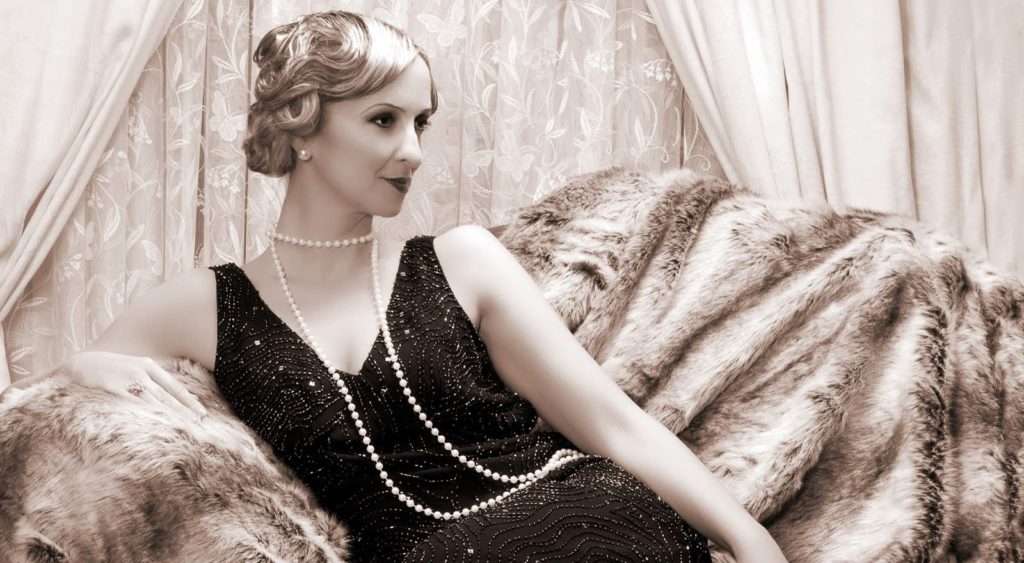
Your Personal Botox Budget
All services come with a price tag, and Botox treatment is no exception.
And if your insurance company does not cover Botox treatments, then you may find yourself being responsible for the entire cost.
Knowing your budget can be extremely helpful in making decisions regarding your treatment and how many units of botox you can afford.
If you have a lower budget, consider starting with an area that requires fewer units of botox and then working up to larger areas as you can afford it.
Also, it would be better to wait until you can afford the cost of a full treatment rather than settling for a partial treatment. You may end up not getting the results you’re looking for and may need to have treatments more often.
Both of those options can result in you spending more money than you need to.
Average Price for Botox Units
After answering the question, “How much Botox do I need?”, the next logical question deals with the price.
How much does Botox cost?
Botox is priced per unit, and each unit costs an average of $10 to $15.
Depending on the type of treatment and location of treatment, Botox treatments can range anywhere from $200 to $1150.
Other factors that can affect price are:
- Location – Bigger cities like New York City and Los Angeles tend to have higher prices.
- Provider – Botox can be more expensive with a well-known, qualified doctor who has a positive reputation.
- Quality of service – This is the main factor that determines the cost and one that should be considered when receiving treatment.
Bridgetown Aesthetics: Trusted Provider of Botox Units
When looking for a provider in Portland to administer Botox units, you don’t need to look any further than Bridgetown Aesthetics.
We offer many non-invasive treatments by experienced professionals in a pleasant environment.
Our treatments include, but are not limited to:
- Liposuction
- Botox
- Cool Sculpting
We are dedicated to helping you feel your best, and we take the time to tailor each patient’s treatments to their individual needs.
As a smaller practice, we are able to do a thorough evaluation in order to know your needs well. We strive to tend carefully to all your needs while pampering you with extra special care.



